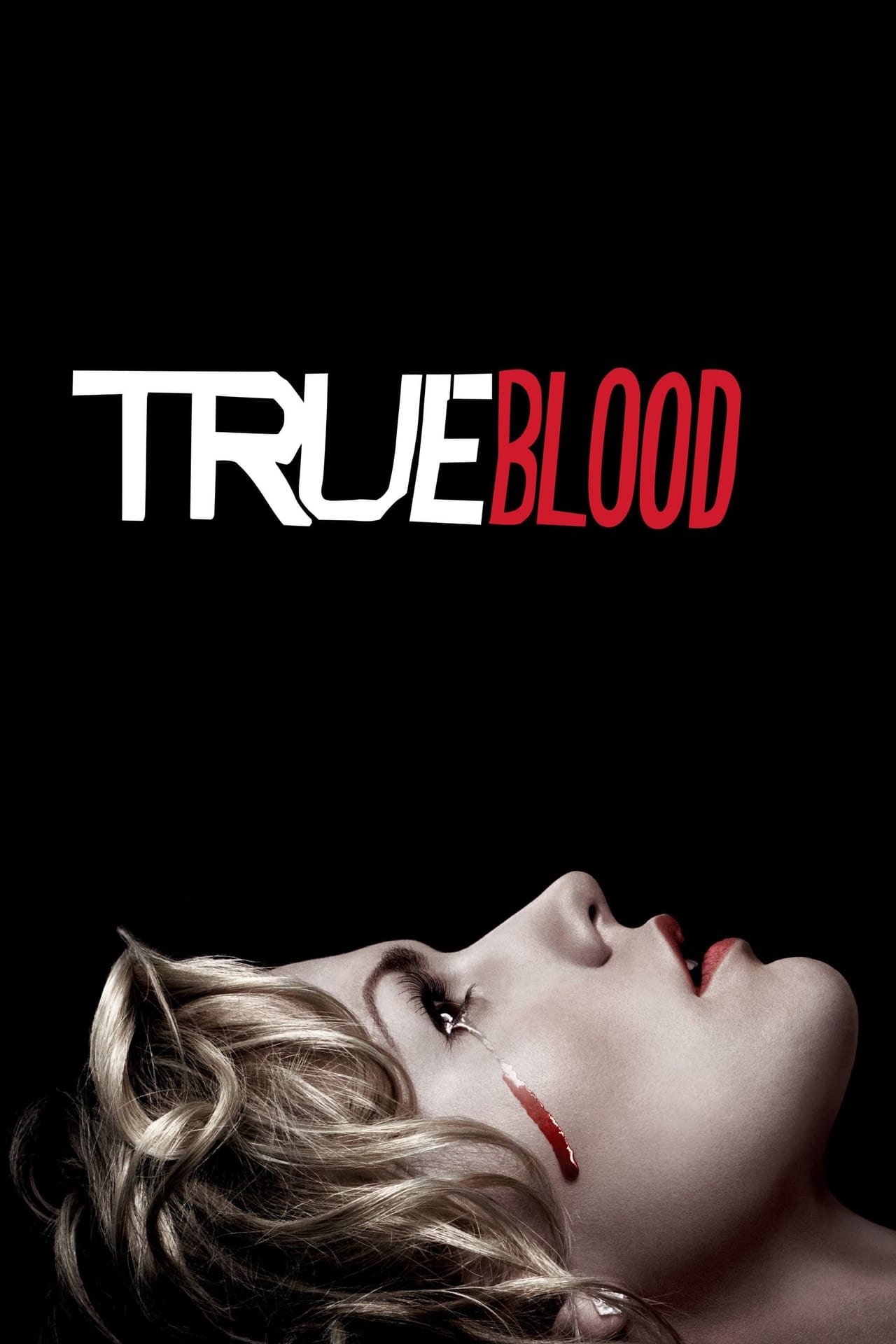About True Blood:
“True Blood”: A Vampiric Delight for the Modern TV Viewer
“True Blood,” the hit HBO series that ran from 2008 to 2014, captivated audiences with its unique blend of supernatural drama, romance, and biting social commentary. Adapted from Charlaine Harris’s “Southern Vampire Mysteries” novels, the show brought vampires out of the dark corners of horror and into the mainstream, paving the way for a new era of supernatural storytelling on television.
Set in the fictional town of Bon Temps, Louisiana, “True Blood” explored a world where vampires “came out of the coffin” and announced their existence to the world, thanks to the emergence of synthetic blood, known as Tru Blood. The show deftly tackled issues of discrimination, prejudice, and equality by using vampires as a metaphor for marginalized communities.
At its core, “True Blood” was a gripping supernatural mystery that kept viewers on the edge of their seats. The main protagonist, Sookie Stackhouse (played by Anna Paquin), is a telepathic waitress who becomes entangled in a web of vampire politics, werewolf feuds, and mystical forces that threaten the inhabitants of Bon Temps. The show skillfully balanced its dark and often violent plotlines with moments of levity and humor, creating a truly addictive viewing experience.
One of the highlights of “True Blood” was its diverse and memorable cast of characters. From the brooding vampire Bill Compton (Stephen Moyer) to the enigmatic and sassy Lafayette Reynolds (Nelsan Ellis), each character added depth and complexity to the narrative. The show also delved into complex relationships, both romantic and platonic, which further enriched the storytelling.
Apart from its compelling characters, “True Blood” excelled in its ability to cleverly address relevant social issues. Through its portrayal of discrimination against vampires, the show explored themes of acceptance, tolerance, and the damaging effects of prejudice. It challenged societal norms and provoked viewers to question their own biases and preconceptions.
“True Blood” not only pushed boundaries with its storytelling but also conquered new frontiers in terms of its visual effects. The signature opening credits sequence, accompanied by Jace Everett’s hauntingly captivating soundtrack “Bad Things,” set the mood perfectly for each episode. The show’s impressive production values and realistic portrayal of supernatural creatures were a visual feast for the eyes.
In conclusion, “True Blood” remains a landmark television series that combined thrilling supernatural elements with astute social commentary. By offering a fresh take on vampire mythology and tackling complex issues head-on, the show solidified its place in the annals of television history. “True Blood” was not just a TV show; it was a cultural phenomenon that challenged and enchanted viewers in equal measure.
